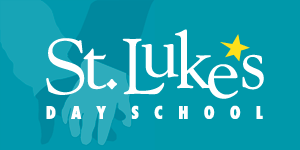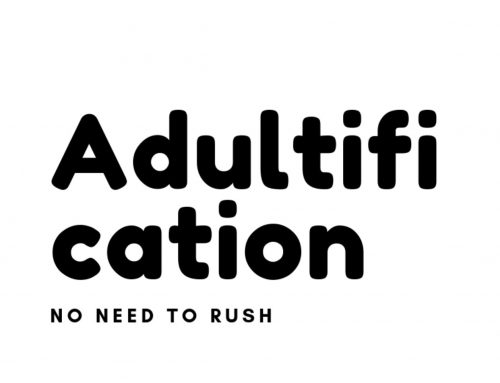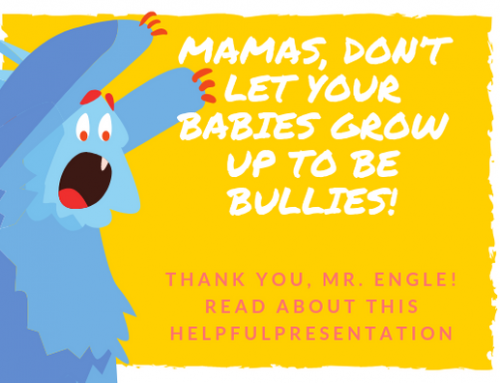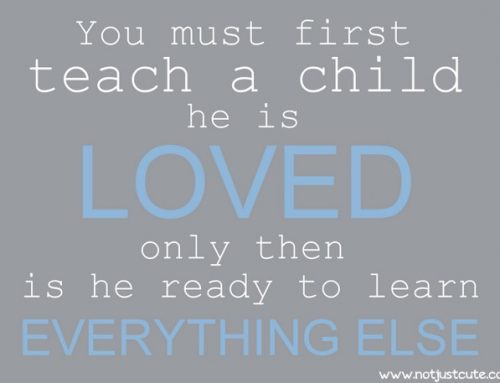In early childhood the term Physical Development refers to gross motor and fine motor skills. The term gross motor refers to physical skills that use large body movements, normally involving the entire body. Fine motor refers to physical skills necessary to engage in smaller, more precise movements, normally using the hands and fingers. Even though gross and fine motor activities are divided into two skill sets, research tells us that nothing about physical development happens in isolation. Gross motor activities are generally associated with health and fitness. And small muscles (fine motor) need to be healthy and strong as well. All muscles work together hand-in-hand so the child can to get where they want to go and then do what they want to do when they get there!
Gross and fine motor activities look different in each of our classrooms and on each playground. It is interesting to note that motor activities are not specific to an age, but are building blocks for development. Teachers look at the whole child when determining developmentally appropriate motor activities allowing for success at each developmental milestone. Here is a brief synopsis of a few physical activities that SLDS teachers use when working with your child on his motor development.
Infant teachers work with your baby throughout the year on:
- Tummy time
- Rolling over
- Scooting
- Sitting and maintaining balance
- Grasping an object
- Body-rocking and foot-kicking
Toddlers/Twos begin to become aware of their body in space resulting in tumbles due to misjudging distance and strength. These activities offer both fine and gross motor activities indoors and outside:
- Running, climbing and jumping
- Swinging and sliding
- Kicking and throwing a large ball
- Completing simple puzzles
- Fitting objects into a container
- Building with blocks
Three year olds are still quite uncoordinated, and yet, eager to try things on their own. Teachers will work with your child on activities to continue their physical growth:
- Kicking large balls with more accuracy
- Moving the bicycle forward using pedals
- Sing songs with hand/finger motions
- Playdough and clay for strengthening hand muscles
- Pencil and scissoring work
- Building complex block structures
Prekindergaretn and Kindergarten children gain more control over their movements, are eager to jump high, pedal bicycles fast, and write their name. Activities will foster:
- Coordinating the sequence of movement to perform a task or play a group game
- Climbing and jumping with ease
- Jumping rope
- Movement using music and dancing
- Small muscle strength and control
- Using manipulative tools in learning centers (tongs, eye droppers, etc)
The Twos through Kindergarten classes attend Motor Class each week. Coach Hammond and Coach Field are the Motor Class teachers. Each week the Coaches plan activities to support your child’s physical development. A few Motor Class activities include:
- Running and skipping
- Obstacle Courses
- Eye-hand coordination games
- Throwing/catching a ball
- Side-stepping
- Crossing the mid-line
Moving and learning activities offer children kinesthetic, sensory, and whole-body experiences. Springtime in Houston is when outdoor activities abound. Take a few minutes to play outside, ride bikes, go for a walk, and explore! Check out www.visithoustontexas.com and the Kid-Friendly Activities In Houston tab. The sunny days provide the perfect setting for children and families to get moving!





Leave A Comment